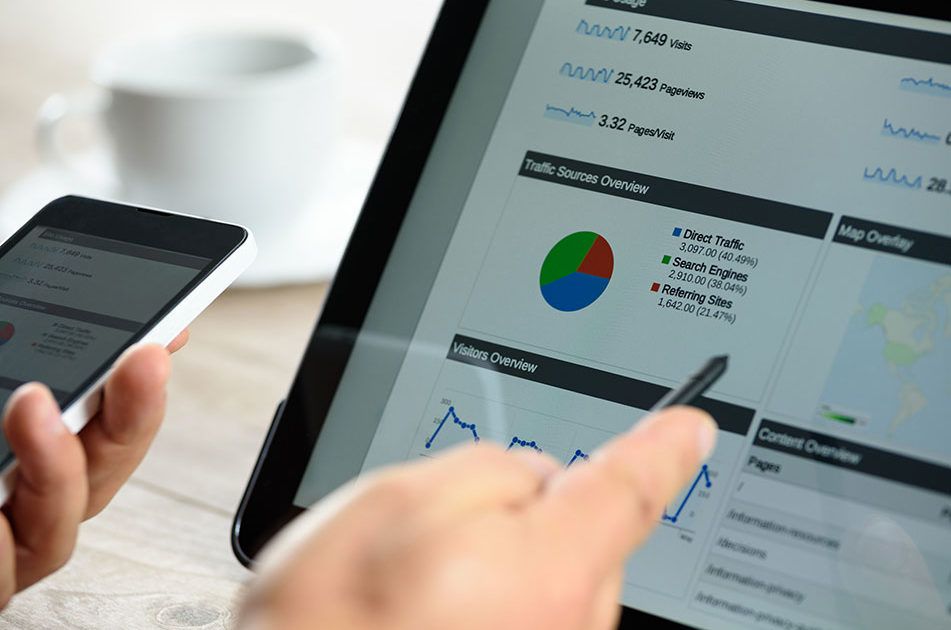One of the industries that is surviving the current economic storm better than most is digital marketing.
Indeed, with organisations looking to save money and cut budgets, many are trying to leverage their online presence. Therefore, if you’re looking for a new career and one that still has huge potential, then take a look at digital marketing as a career option.
We’ll explore this more in our Career Development section soon. In the meantime, checkout this great article on Dave Chaffey’s website…


Share your comments and feedback